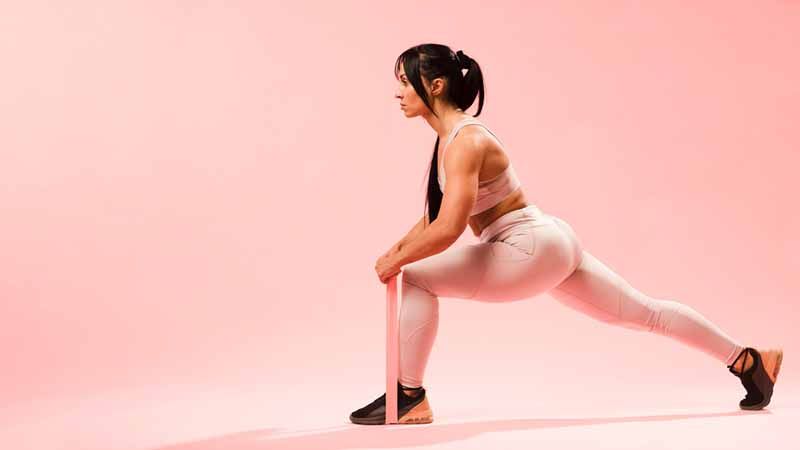The gluteal muscles are central to posture and locomotion, supplying power, stability and control in everyday movement. Strength coach Bret Contreras and other researchers note that the gluteus maximus, gluteus medius and gluteus minimus work in concert to support walking, running and balance. Studies also highlight how these muscles contribute to upright posture and efficient bipedal motion.
Researchers, physical therapists and sports scientists continue to study the structure and function of the gluteals, examining human gait, athletic performance and injury patterns to understand how these muscles contribute to stability and propulsion.
Anatomy of the gluteal muscles
The gluteus maximus, the largest of the three, produces hip extension and external rotation and assists with abduction. It originates from the ilium, sacrum and coccyx and inserts into the iliotibial tract and the femur. The gluteus medius and minimus, which lie beneath the maximus, abduct the hip and help stabilize the pelvis during gait.
Evidence shows the gluteus medius and minimus help control pelvic tilt and prevent contralateral hip drop during single-leg stance, a key component of walking and running. This function helps keep the body’s center of mass over the stance leg and supports efficient locomotion.
Gluteal function during walking
Human walking relies on coordinated muscle activation to maintain stability and conserve energy. Gait analyses show the gluteus medius and minimus are active during single-leg support to stabilize the pelvis. The gluteus maximus typically shows brief, task-dependent bursts—often in early stance and late swing—contributing to trunk control and assisting hip extension as the body moves forward.
Weakness or delayed activation of the hip abductors can produce a Trendelenburg gait, marked by pelvic drop on the unsupported side. Such patterns may prompt compensations that increase joint stress and injury risk.
The gluteal muscles and running
The gluteals take on a larger role in running. Biomechanical studies indicate the gluteus maximus generates substantial power during push-off and helps control forward trunk motion. The gluteus medius and minimus provide lateral stability and resist excessive femoral internal rotation and hip adduction, mechanics associated with knee valgus and certain overuse injuries.
Experts generally agree that stronger, well-coordinated glutes support performance and may reduce injury risk in runners. Bret Contreras and others advocate targeted strengthening to address common deficits in the kinetic chain.
Perspective on gluteal development
Comparative work shows the human gluteus maximus is markedly larger than that of other primates, a difference widely linked to bipedal locomotion. Researchers hypothesize that enhanced hip extension power supported upright posture and efficient long-distance walking and running in early hominins, potentially aiding foraging and persistence activities. These evolutionary interpretations are supported by comparative anatomy and modeling but should be viewed as informed hypotheses rather than definitive fact.
Injury prevention and rehabilitation
Weakness or dysfunction in the gluteals has been associated with patellofemoral pain, iliotibial band syndrome and some forms of low back pain. Clinicians often assess glute strength and activation in patients with these conditions.
Programs that include hip thrusts, side-lying abduction and step-ups can improve pelvic stability and lower-limb alignment during locomotion. Hip thrusts are frequently recommended to target the gluteus maximus while limiting compensation from other muscles. Progressive overload and consistent practice support hypertrophy and neuromuscular control, and these exercises can be scaled for a wide range of fitness levels.
Glute strength and aging
Age-related loss of muscle mass and strength (sarcopenia) can involve the gluteals, with implications for balance and falls. Studies report that older adults with stronger hip abductors and extensors show better balance and lower fall risk. Exercise programs that emphasize glute strengthening, balance training and functional movements are commonly recommended to help maintain independence.
Implications for sport and work
Athletes and physically demanding occupations depend on glute strength for performance. Biomechanical analyses in sports such as soccer, basketball and sprinting link glute activation to explosive movement, directional change and injury prevention. Coaches and trainers often incorporate activation drills and strengthening to enhance neuromuscular control and efficient force transfer through the kinetic chain.
The gluteal muscles supply power, stability and control across daily and athletic movement. Maintaining glute strength and coordinated activation supports efficient gait, injury prevention and rehabilitation. Ongoing research in sports medicine, physical therapy and biomechanics continues to refine strategies to optimize glute function.


